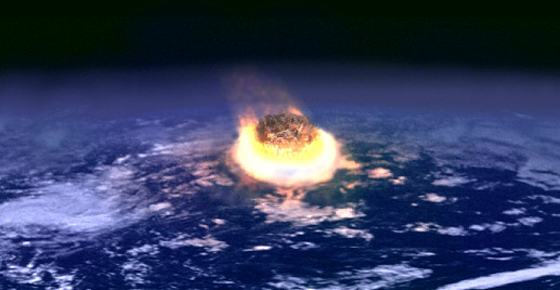Death by 'Spaghettification'
 As one might expect, the fate of objects that get sucked into black holes is not typically considered a happy one.
As one might expect, the fate of objects that get sucked into black holes is not typically considered a happy one.Possessing infinite density, the gravitational singularity is theorized to subject any matter passing through to a process known as "spaghettification." That evocative name alone should be enough to strike terror into even the bravest of hearts, and with good reason, for it's essentially just what it sounds like.
It's conceivable, though, that living matter might be able to exist within a black hole without being consigned to that harsh and eternal oblivion.
'Advanced Civilizations May Live Safely Inside'
So argues Dokuchaev, who suggests that there are stable, periodic planetary orbits inside black holes that neither begin nor end in the black hole's gravitational singularity. Rather, they orbit around and around somewhere between the event horizon and the singularity without ever approaching the singularity or its life-threatening "spaghettifier."Such stable periodic orbits exist inside black holes for photons, and they may exist for planets as well, Dokuchaev writes.
"Advanced civilizations may live safely inside the supermassive black holes," he explains. "Stationary observers may exist just as anywhere on the planet Earth ... . The only thing needed is to put your vehicle or your planet to a stable periodic orbit inside the black hole."
In this intermediate ground between the black hole's inner and outer parts, then, there could be a safe ground for life to exist.
'Everything Is Possible'
However improbable Dokuchaev's theory might seem, the fact remains that even on our own planet, life has been discovered in places where we never thought it would be possible, such as in volcanic vents at the deepest parts of the oceans, Czysz noted."No one thought animals could have been alive in that hostile area; we assumed they needed oxygen to metabolize," he explained.
It turned out, however, that the organisms discovered could metabolize sulfur instead.
"No one would have postulated that until they saw it," Czysz added.
So could life exist in black holes in some form, even one not recognizable to us Earthlings?
"Everything is possible," Czysz conceded. "But is it probable? I doubt it."











 20:41
20:41
 checkitout
checkitout







